Dr. Carmen Battaglia’s Rule of 7’s (The 7 Rules Of Socializing Your Puppy) is a great way to increase your puppy’s exposure to new experiences. By exposing your puppy to seven new people, places, or things daily, you’ll help them socialize and learn more about the world around them.
Puppies go through crucial socialization periods early on in their lives, which shape their behavior as adults. Most puppies are 8-10 weeks old before they are weaned from their mother and littermates. It’s essential to be careful when exposing your puppy to new situations, people, and animals. Take it slow, make sure the experiences are positive, and offer treats to your puppy when introducing them to something new. By socializing your puppy early on, you’ll have a better-behaved dog that is easier and safer to handle.
Let us take a look at what precisely the Rule of 7’s is. They are basically how you introduce your puppy to new aspects in a controlled environment so that the results are positive instead of intimidating.
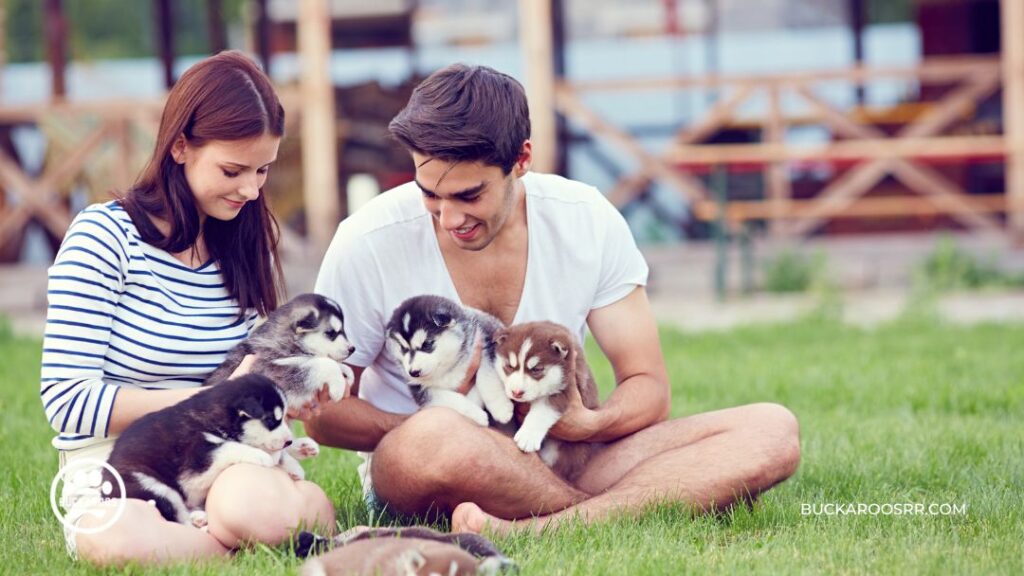
Rule # 1 – Meeting 7 New People (7 Rules Of Socializing Your Puppy)
This is to ensure that your dog is familiar with all the family members, including the ones that often visit, like grandparents, neighbors, and family friends. Once they become a part of your family, do not delay the socializing process and let them meet all the people in the house one by one over intervals of days or so. Let them introduce themselves with treats, hugs, and pats until your puppy feels safe around them.
If you have a small family, extend the socializingYour Puppy with people to neighbors or friends who will visit on and off. The initial socializing training days can be restricted to family and peers but shouldn’t be limited to that. Once your dog is okay with accepting and staying calm around humans, introduce them to different kinds of people. All bases should be covered in different colors, sizes, hair types, and ages.
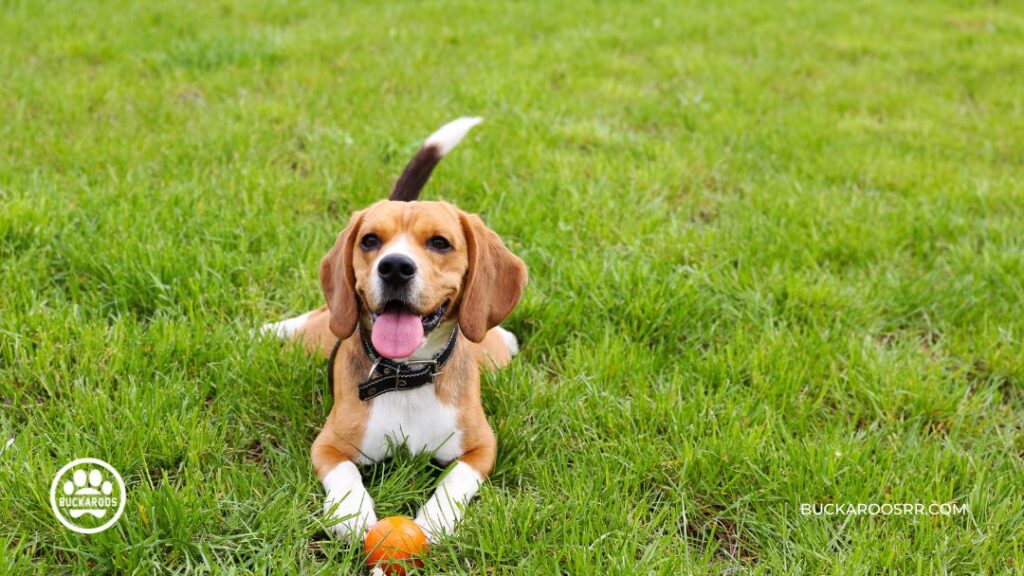
Rule # 2 – Exploring 7 New Places
This is certainly not directed at taking your puppy out on an expedition. A recently adopted puppy will find even the next room new and would be curious to explore it. So let them! All the different rooms in the house, including the kid’s room, your bedroom, and even the guest rooms. If you have one, the garage, the backyard, the basement, and even the laundry room. Eventually, if there is not much to explore around the house, you can take them to the nearest park or just down the street. The visit to the vet’s office will also be a productive place to get familiar with.
The idea is to introduce your puppy to different environment settings with various walls, doors, big spaces, small spaces, and simple outdoors. Confining them to the house will complicate things when they must be trained outdoors.
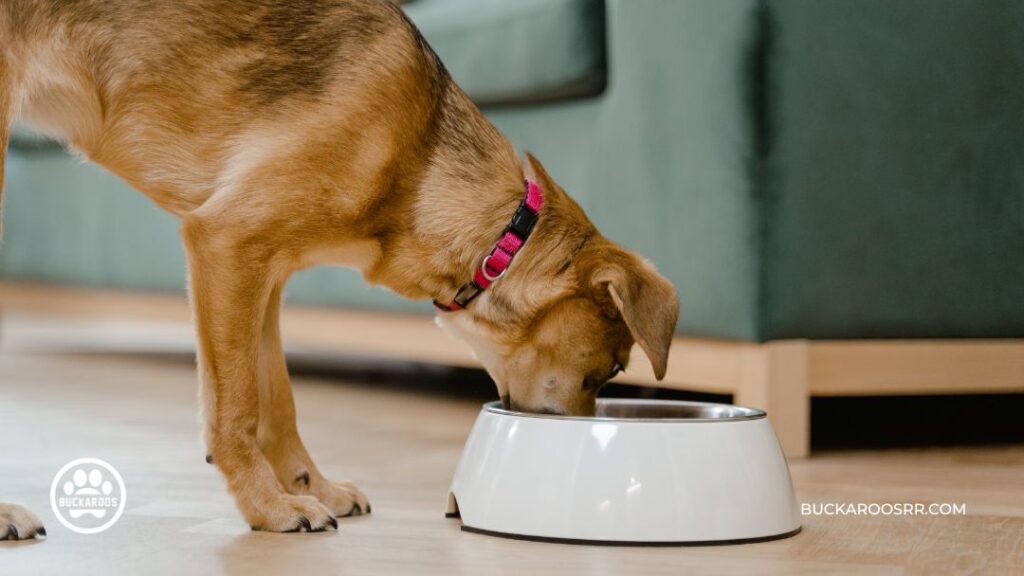
Rule # 3 – Exploring 7 Different Food Containers
This idea is helpful for breeders so that the puppies will quickly adjust to any food container once they are adopted. Though it is intelligent and convenient to get a particular container for your new family member, practicing it at home helps build the senses. It also lets your puppy become more versatile and accepting of different feeding situations. Some find it very useful when traveling with their pets, as it becomes effortless to feed them. It also becomes less challenging if you end up in a situation where you have to leave your dog with someone or at daycare. The more they are experienced with various food containers, the less the hassle to feed them.
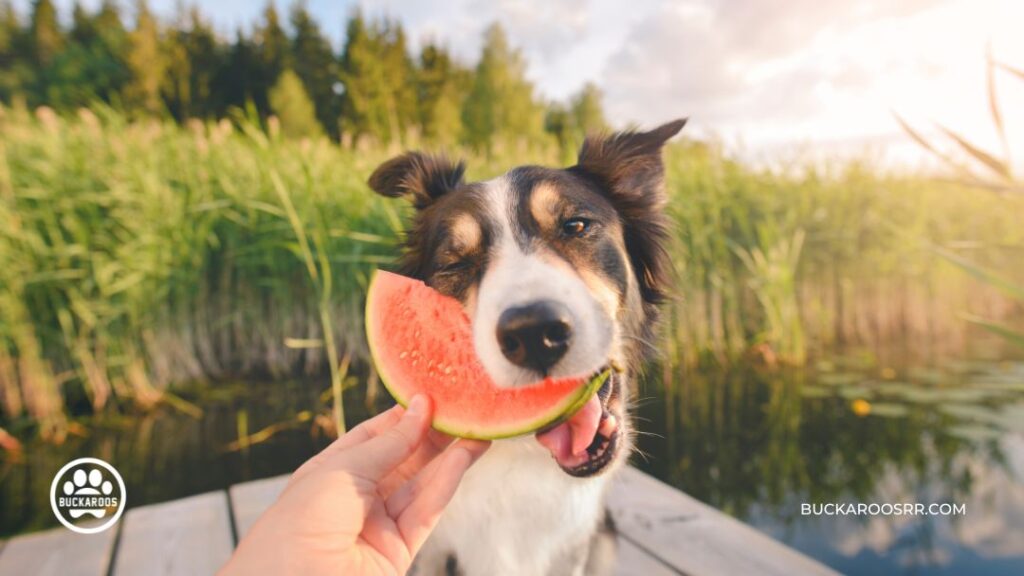
Rule # 4 – Eating In 7 Different Locations
If different bowls, plates, and cups are a thing, why not eat in other places? Well, if you come to think of it, your dog may, somewhere down the lane, encounter various situations, even at home. There would be times when the house would be crowded with guests. You might be on the road and traveling for holidays, or you might be shifting and changing places.
You and your dog will be facing quite some diversification throughout your lives. This should make every new situation manageable for you and your dog. Helping them eat in changing environments will eventually be beneficial in feeding them in different conditions with convenience.
You can practice feeding them in the living room or the kitchen. You can try the basement or the backyard, or even the garage. Go as extensively as you can, exploring all the possible places to avoid any disputes in the future.
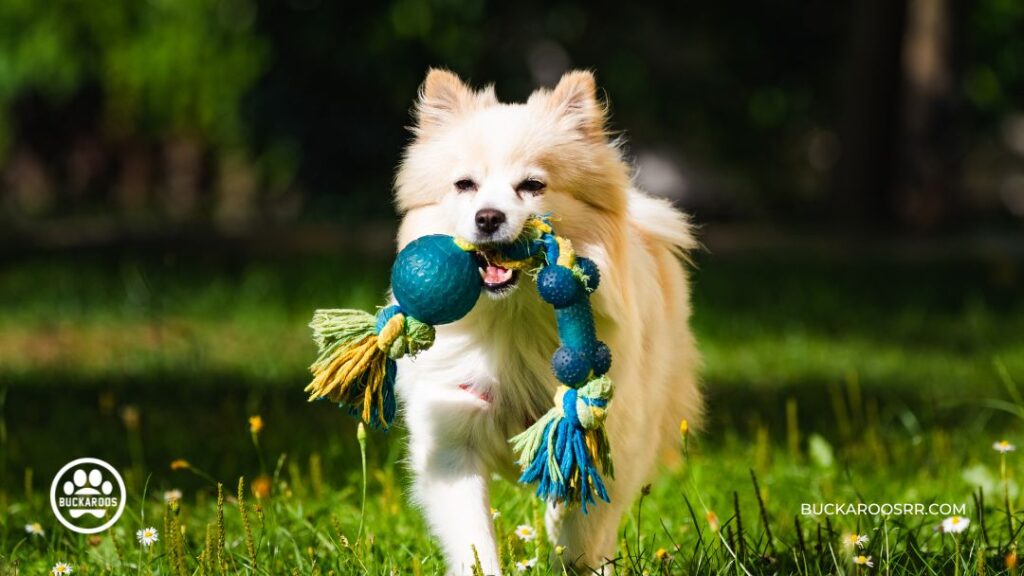
Rule # 5 – Playing with 7 different toys
It’s the various material and the texture we want the dog to familiarize with. Giving your puppy 7 different toys – not all at once – will help build their social conduct from varying ball sizes to plush toys. Chewable toys are specially made for dogs or random sticks in the park. Other toys can include ropes or commonly available materials around the house.
This will also be a good time to restrict your puppies from playing with newspapers, toilet rolls, cushions, and other delicate items in your home. The concept widens your puppy’s thinking and acceptance. Soon they will have explored various materials and show their liking towards a particular kind as they all have a favorite toy.
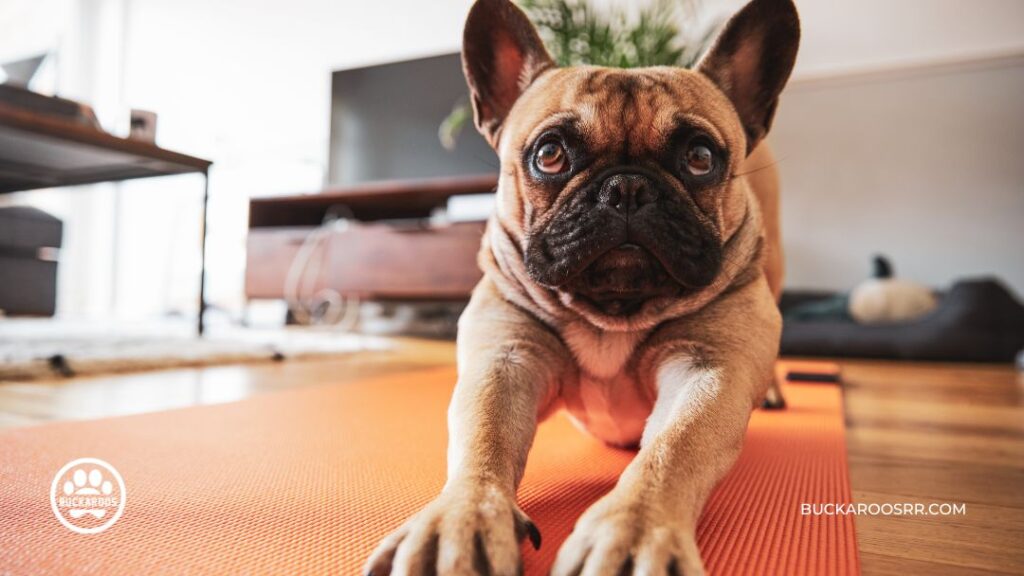
Rule # 6 – Exploring 7 Assorted Surfaces
Once the puppies are out of the shelter and inside the homes, everything is strange, foreign, and worth looking at. Things get a little crazy if your dog is of an extrovert breed, whereas introverts are calmer and shyer. Just as you introduce various objects, toys, and containers to your new buddy, you must let them know the different surfaces.
It may sound unusual, but this is directly related to making your pet feel comfortable once their outdoor activities start. Training walks, play times, and dealing with their business will require outdoor scavenging. Thus, your dog must be able to step on, balance, walk, and run on any surface.
Different floorings such as marble, tiles, wood, vinyl, etc. Then stoned, muddy, sandy, pebbled, or bricked pathways are most likely to come into contact with the paws, hence must be investigated.
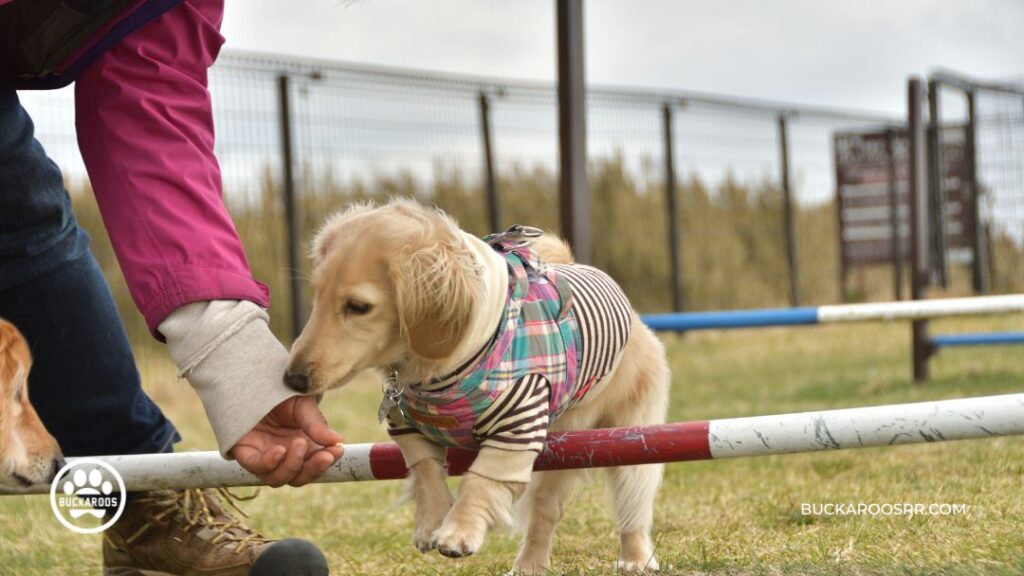
Rule # 7 – Facing 7 challenges for socializing your puppy
It is not like you are training your dog to do tricks, but socializing your puppy does mean going a little above and beyond. How about going under the table, like making them fetch something from beneath to help them calculate and analyze how they will execute that? Finding their way from under the sheets while playing with you or the kids. Learning how to climb and descend stairs and how to go around something like a fence or a wall. Even crossing doorways need a little practice to become good at it. These day-to-day challenges will eventually keep your dog composed and calm and boost their socializing your puppy attributes.
To Sum Up
Socializing your puppy and training is as crucial as kindergarten for a human child. The development of social ethics, behavior, attitude and the ability to adjust in a family depends on how well a puppy is trained to socialize in its growing years. The dog parent or the breeder must utilize the first 18 weeks of a dog’s life. If these golden learning years are ignored, getting your dog to become a good family dog is challenging, as their unsocialized attitude will be seen as aggression and fear. The seven rules of adequately socializing your puppy will give them the best education they need.





